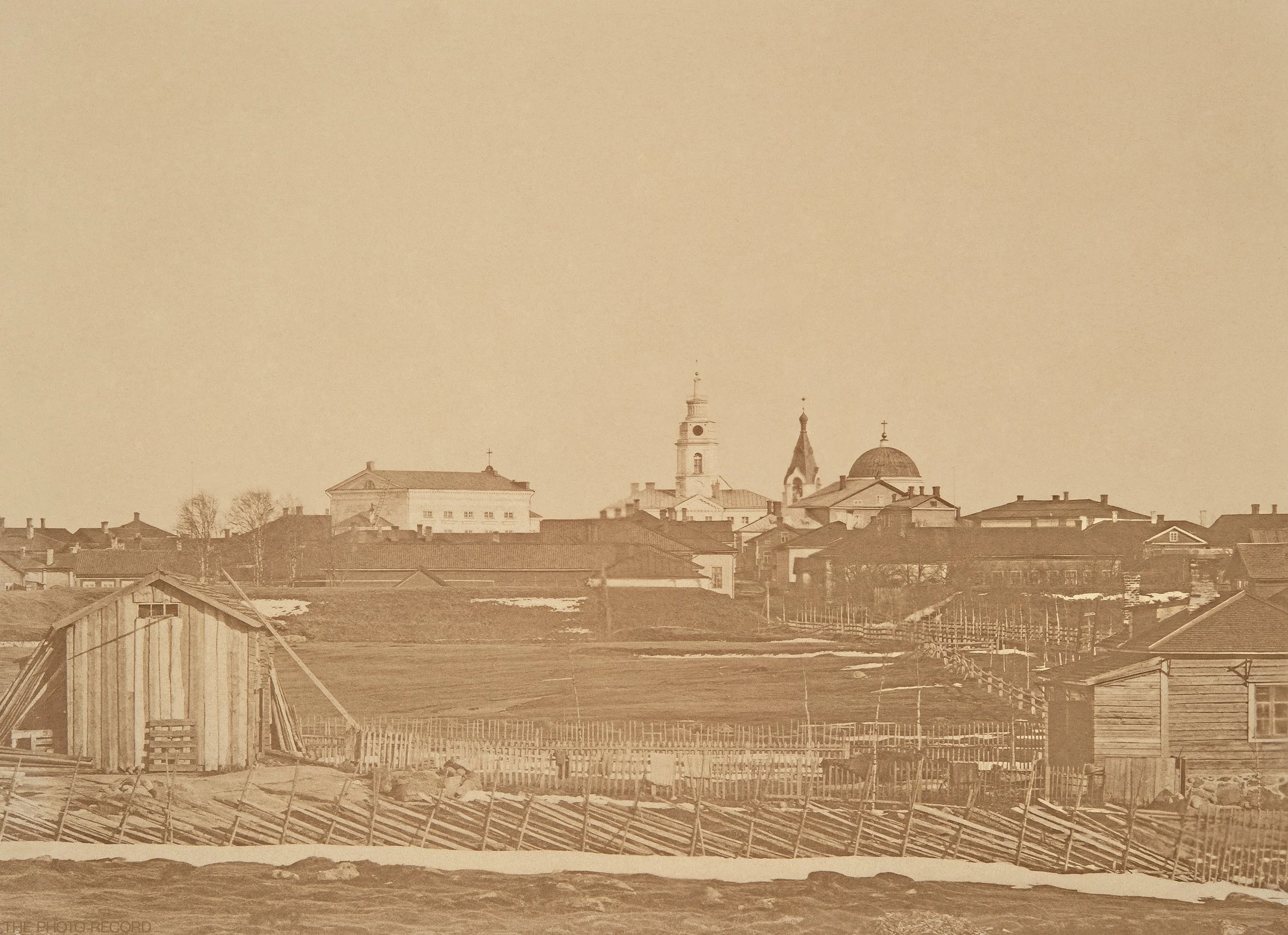Sauvo Village
Sauvo, located in southwestern Finland, was a small rural town in the early 1900s. Agriculture was the primary occupation, with many residents engaged in farming and related activities. The town was known for its wooden buildings and narrow village roads, typical of rural Finnish architecture of that era. Local cooperatives and markets played a significant role in the economy, providing goods and services to the residents.
During this period, Sauvo experienced gradual changes with the introduction of new technologies and transportation methods. Bicycles, for example, began to appear, offering a new means of travel and connectivity for the townspeople. Poles and wires, likely for electrical or telephone lines, started to emerge, marking another step towards modernization. Despite these developments, the daily life of most residents remained closely tied to traditional agricultural practices.
Photo: A postcard from Sauvo's church village, showing a village road lined with buildings. On the road are a man and a boy. Two bicycles are leaning against the wall of the cooperative store "Osuuskunta Aitta."
Original Photograph
Click image to enlarge
Digitally Restored Photograph
Click image to enlarge
Photo Information
Original photo courtesy of the Finnish Heritage Agency
Photographer: Unknown
Year: early 1900s
Link to original photo here
Copyright 2024 The Photo Record. All rights reserved. All digitally restored photographs and contents of this article may not be reproduced or used in any manner whatsoever without the express written permission of the owner.





